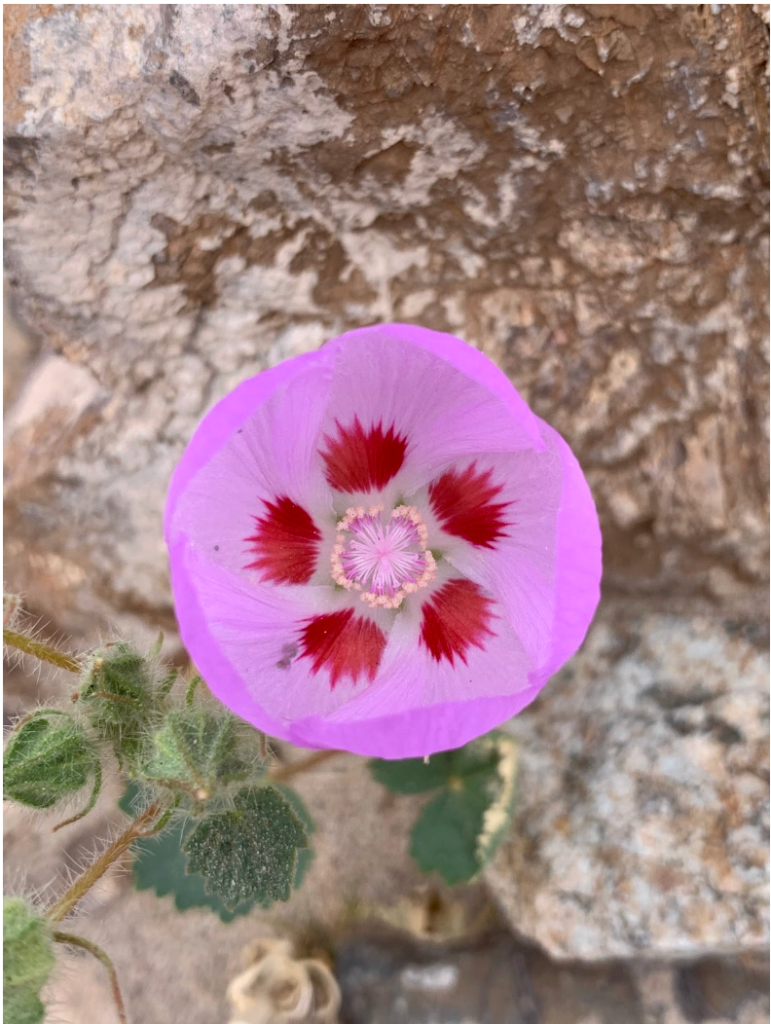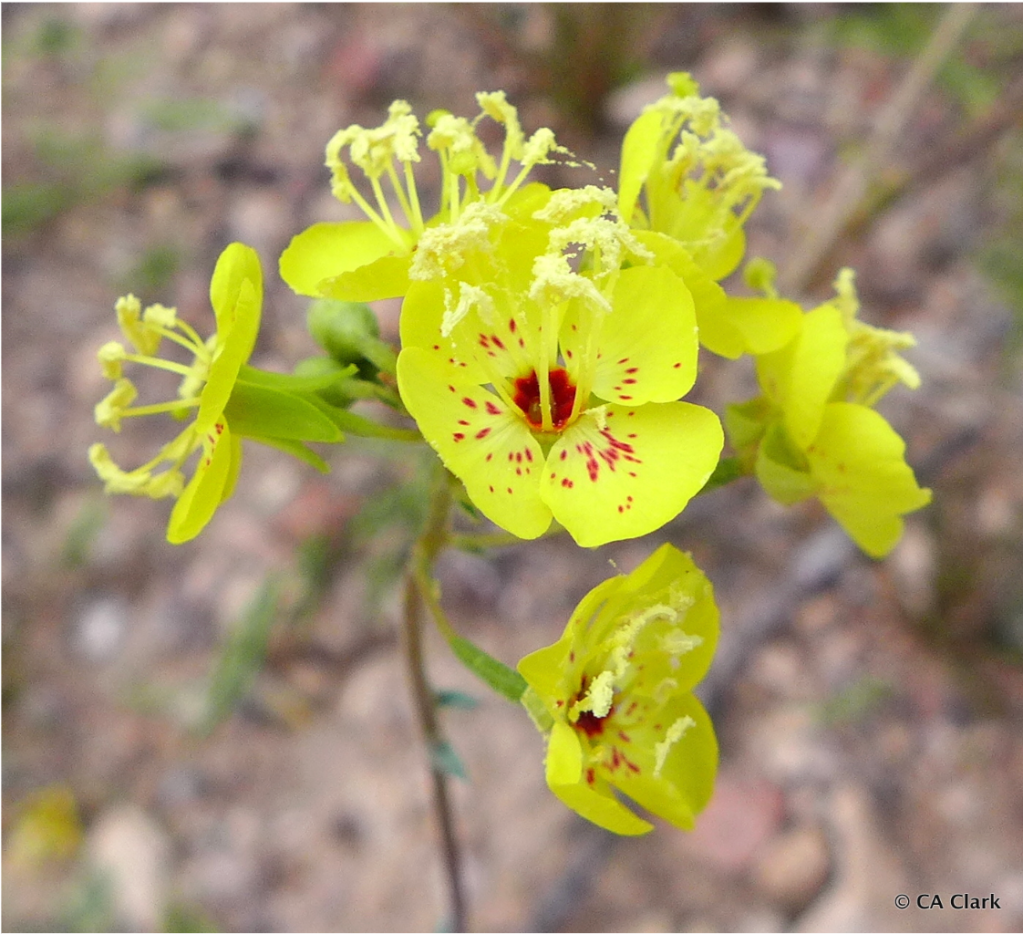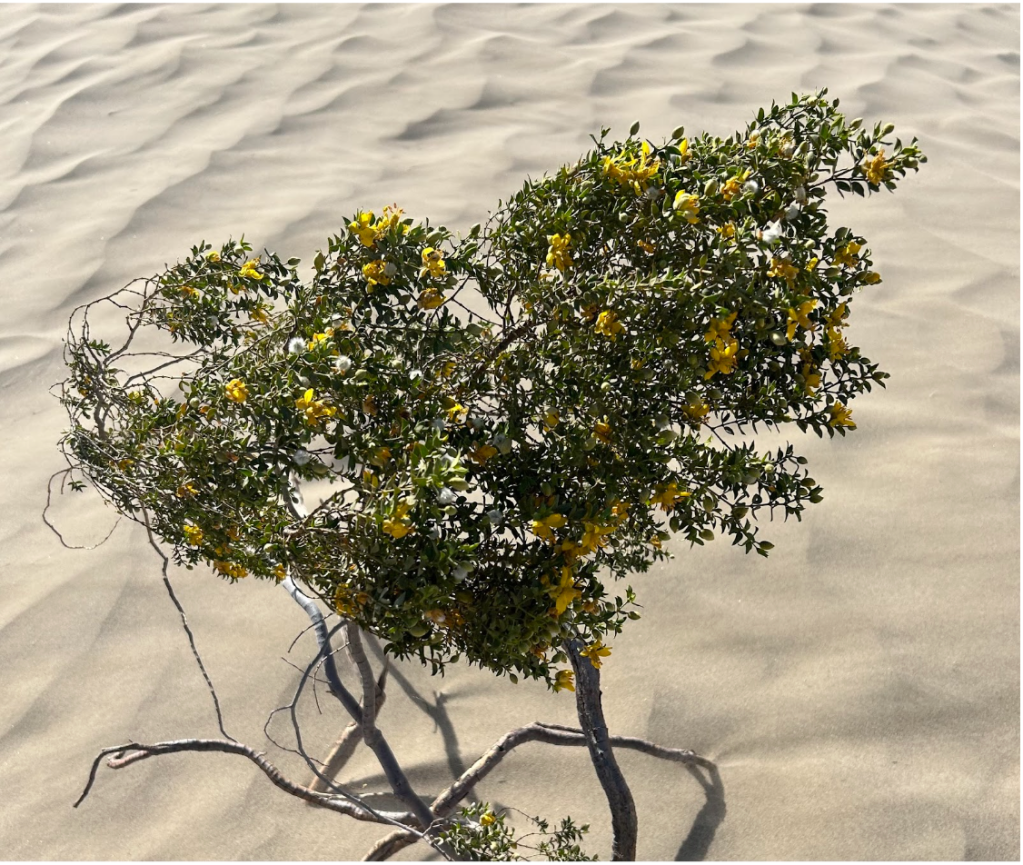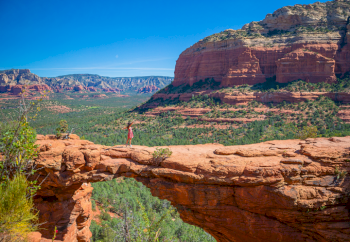Plants of the Mojave, Colorado and Great Basin deserts
California’s deserts are far from wastelands, but bursting with biodiversity and plant life. Each of California’s desert habitats, the Mojave, Colorado and Great Basin deserts each have their own distinct landscapes and ecology. The Mojave is a high desert with winter snowfall and low overall rainfall, while in contrast the colorado desert is a low desert with monsoon-like seasonal rains. The Great Basin desert begins in the shadow of the Sierra Nevada Mountains in California and spans across much of Nevada and Utah. The great basin has even higher altitude conditions than the mojave and is subdivided by several ranges of mountains. Each of the desert habitats is home to thousands of plant species with hundreds of unique species that are endemic to California. While this expedition will only contain a selection of the wide breadth of flowering desert plants native in California, we hope you enjoy it and learn something new.
Please give it a try https://bit.ly/4cBICKK!
Here is a highlight of some interesting desert-dwelling plant species that you can find in this expedition:
Eramalche Rotundifolia also known as the desert five spot is native to the Mojave , Colorado and Great Basin deserts of California and neighboring states. It is a special sight in Death Valley National Park or Anza Borrego Desert State Park during the spring blooms.

Chylismia Munzii or the Death Valley Suncup is native to California and Nevada, and can also be found in its name-sake national park Death Valley. Chylismia Munzii is in Onagraceae or the evening primrose family.

Larrea tridentata commonly known as the creosote bush or La Gobernadora in Mexico, is widespread across the Mojave, Colorado in the United States and the Chihuahuan desert in Mexico. This hardy plant can go up to two years without water. Larrea tridentata has a long lifespan and the interesting ability to clone itself asexually. Single individuals can be found to live up to 500 years with clonal colonies ( colonies of genetically identical clones from a single ancestor) able to live up to 11,000 years. You can read more about Larrea tridentata at nps.gov here.

Plants of the Mojave, Colorado and Great Basin deserts: https://bit.ly/4cBICKK!



